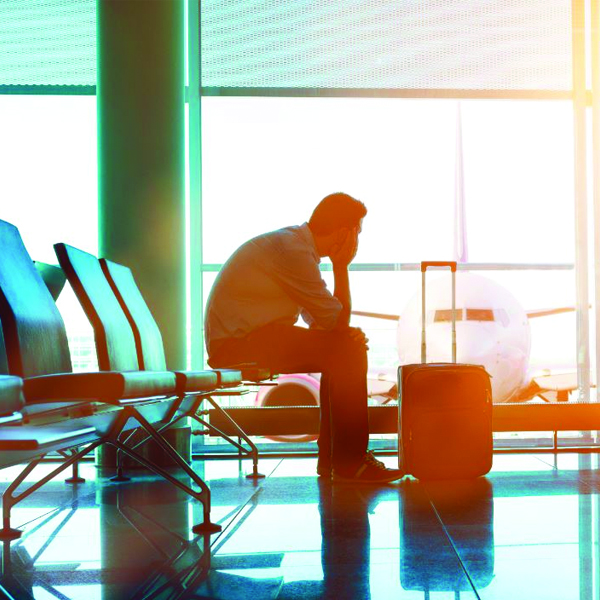
The airline industry can get away with a lot because most consumers base their final choice on price and convenience. Yes, we can tolerate some rudeness, a late flight, cramped seats. But there are limits. Recent video of an Asian man being dragged off a United flight went viral, with over 1.5 million views in China alone, and sent this airline’s image into a tailspin.
Brand is experience, and experience is the brand. It’s simple, not complicated. Whether a customer is 5 years old or 80, they share a common experience: what the interact with a company feels like. Was the experience great or horrible? What so many big companies miss is that the brand is this experience. This is what they deliver to the customer.
Brand is experience, and experience is the brand. It’s simple, not complicated. Whether customers are 5 years old or 80, they share a common experience: what makes them feel connected—or not.
Every aircraft, every flight, is an opportunity to deliver the brand “experience.” It’s the cumulative effect of flying on time, the condition of the aircraft, the entertainment media provided, the flight attendants, the seats, the smiles or kindness you receive. It’s about the entire experience from check-in to the time you deplane.
Upwards of 150 passengers sharing a confined space makes for an intimate experience, particularly when they witness a negative interaction, record it and broadcast it to millions. Now a days everyone is a power influencer. Consumers have more say than ever when it comes to sharing a brand experience, and that experience is no longer subjective. They see what they see, and they share it all.
The unfortunate fact nowadays is that public companies have an obligation to shareholders, who want to see that increase in value for their holdings. This drives CEOs and CFOs to focus on what’s important to the operation of the company, and rightly so. Companies have to make money and pay employees to deliver the product, whether that’s a flight to Phoenix, a burger and fries, or a new fridge. But where does the customer fit in? The customer’s experience reflects everything about a company: the good, the bad, and the ugly.
The unfortunate fact nowadays is that public companies are driven by their obligation to shareholder value and stock price. But where does value of the customer fit in?
United had to move some pilots to another airport to fly a plane out in the morning. These pilots needed seats, and fare-paying passengers, such as this doctor, would not budge. So United forcibly ejected this guy, ignoring the impact it would have on other customers and the brand. After some terrible comments by the CEO, a nasty and embarrassing incident only got worse and devalued the United brand to the point that its stock actually lost several points. This is going to cost them millions in lost travel and devalued stock. What would it have cost to pay this gentleman or anyone else to leave the plane?
Major publicly held companies must get that their customer’s experience factored into everything. It obviously has a dollar value. It’s the only thing a brand can bank on. Now United has joined the ranks of Wells Fargo by not only providing a bad experience but actually causing harm to its customers—who let the world know about it instantly.
I wonder if the leaders of corporations will begin to understand that they need to invest in and make a commitment to their customers’ experience, that connection common to the 5-year old and the 80-year-old. Will they put a value on goodwill? Who knows? Millions of consumers in the United States will be watching—with their phones on.
